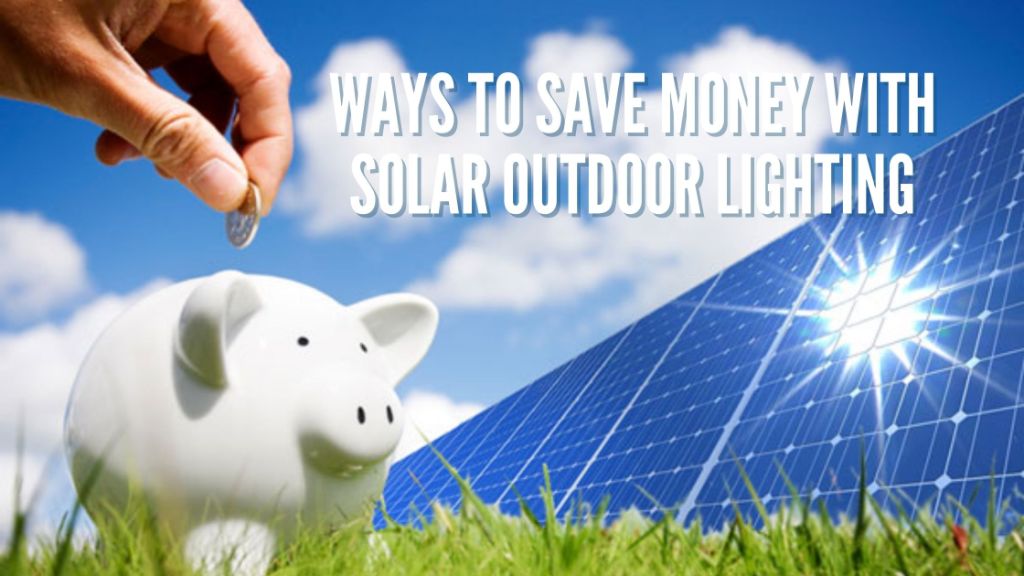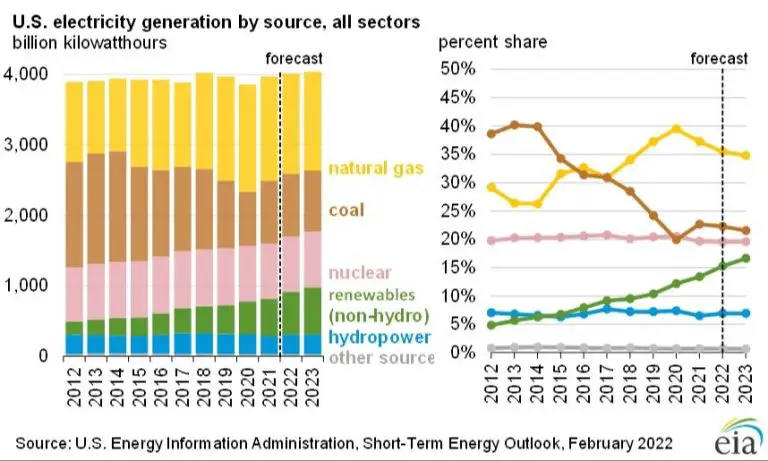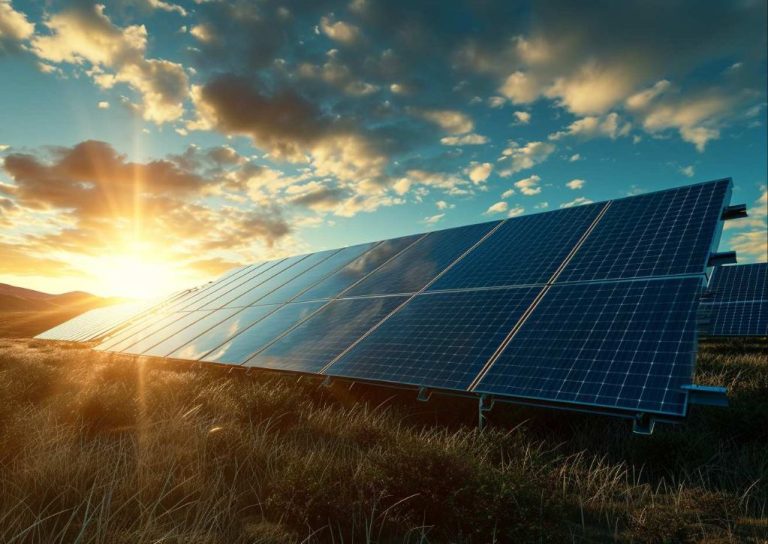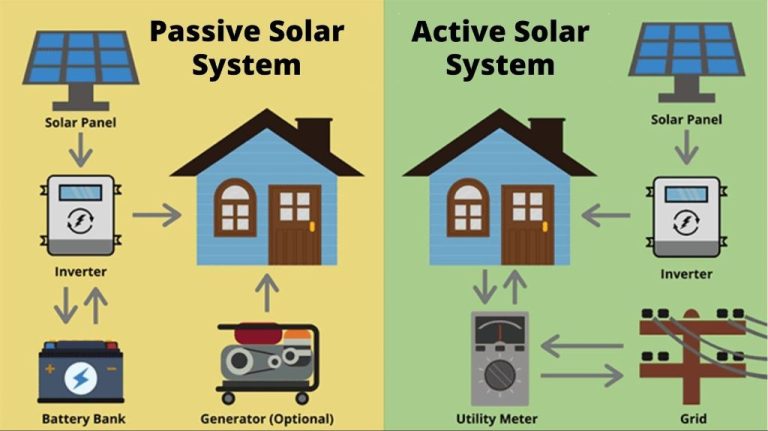Do Solar Lights Save Money?

Solar lights are a type of outdoor lighting that get their energy from solar panels instead of being connected to the electrical grid. The solar panels collect energy from sunlight during the day and store it in batteries so the lights can turn on automatically at night. In recent years, solar lights have become increasingly popular for home landscapes, gardens, patios and other outdoor spaces. With their self-contained solar panel and battery system, they provide lighting without needing to run electrical wiring or pay for ongoing electricity costs. This leads many homeowners to wonder – do solar lights actually save money compared to traditional wired lighting options? This article will examine the upfront costs, operating costs, maintenance, lifespan, energy savings, and other factors to determine whether solar lights can provide real cost savings over time.
Upfront Costs
The upfront costs of purchasing and installing solar lights can vary significantly depending on the type, size, and number of lights needed. According to Homewyse, the basic cost to install a single solar light fixture ranges from $74 to $99. For a larger commercial solar lighting installation, costs typically start around $5,000 per light pole over a 5 year period according to Streetlights Solar. This covers the solar panel, battery, LED luminaire, pole, and installation.
Factors that influence the upfront costs include the lumen output needed, pole height and foundation requirements, battery capacity for overnight lighting, and any smart controls or sensors. Higher light output, taller poles, larger batteries, and smart features will increase the hardware costs. Labor and installation costs also depend on site conditions and complexity. More difficult terrain or sites far from the electrical grid generally have higher installation costs.
While the upfront investment for solar lights is higher than standard electric lighting, the long-term savings from reduced energy and maintenance costs make the payback period relatively short. With no wiring needed, solar lights can also be a cost-effective option for lighting rural roads, parking lots, pathways, and other off-grid locations.
Operating Costs
Operating costs are significantly lower for solar lights compared to traditional street lights. Traditional street lights are powered through the electrical grid, which requires ongoing electricity costs. According to one source, traditional street lights cost around $300 per year in electricity per light. In contrast, solar lights do not require any electricity costs once installed, as they are powered by sunlight. This can lead to thousands of dollars in savings per year for a city or municipality running multiple street lights.
In addition to electricity costs, traditional street lights require regular maintenance and bulb replacements every few years. The bulbs can cost over $200 each time, and the labor for replacement adds more costs. Solar lights with LEDs can last for over 5 years without bulb replacements, according to sources. So the ongoing maintenance costs are negligible in comparison.
Over a 5-10 year timeframe, one source estimates over $5,000 in electricity savings per solar light compared to a traditional light. When scaled across a city, this can lead to enormous cost savings and shorter payback periods for the solar light investment.
Maintenance
Overall, solar lights require less maintenance than traditional lights. Traditional lights have higher electrical costs and require bulb and wiring replacements. According to Must-Know Tips for Maintaining Solar-Powered Lights (https://inductionlightingfixtures.com/blog/mustknow-tips-for-maintaining-solarpowered-lights/), solar lights mainly just need occasional panel and cover cleaning. However, solar lights do require some battery and wiring maintenance. According to Maintenance of Solar Lights (https://tapetum.in/blogs/solar/maintenance-of-solar-lights), lithium batteries may need to be replaced every 3-5 years. Overall, the maintenance costs are much lower for solar versus traditional lights.
Lifespan
Solar lights typically last 2-10 years before needing replacement, with an average lifespan of 4-6 years according to Outdoor Solar Store and Electronics Hub. This is significantly longer than traditional incandescent bulbs which need replacing every 1-2 years. LED technology used in solar lights can last up to 10 years according to Electronics Hub.
The built-in batteries in solar lights will usually last 2-4 years as per Outdoor Solar Store. Again, this is longer than traditional lights which need new disposable batteries every month or two. As long as the solar panel is kept clean and undamaged, it can continue capturing sunlight to recharge batteries for up to 10 years claims Aidot.
Energy Savings
Solar lights can provide significant energy savings compared to traditional wired lights. Because solar lights are powered by the sun, they do not require connection to the electrical grid. This eliminates the need to pay for electricity to power the lights (1).
Exact energy savings depend on several factors like the size and number of solar lights, hours of use per day/night, and the cost of electricity in your area. But generally, solar lighting can reduce outdoor lighting electricity usage by 50-80%. For example, a typical 20W halogen spotlight used 6 hours per night can cost over $30 per year to run. Replacing it with an equivalent solar light would eliminate those electric costs (2).
Over the 15+ year lifespan of a solar light, these energy savings really add up. Installing solar lights is an easy way to reduce your environmental impact and monthly electric bill.
(1) https://r6phd11der80.goldrecipe.ru
(2) https://twitter.com/876257238
Environmental Benefits
Solar lights provide a number of environmental benefits compared to traditional electric lights.
First and foremost, solar lights reduce reliance on fossil fuels. Since they are powered by the sun rather than electricity from the grid, solar lights lower the demand for coal, natural gas, and other fossil fuels used in power plants. Widespread adoption of solar lighting could reduce carbon emissions and combat climate change.
In addition, solar lights do not require any cables or wiring. This reduces the environmental impact of manufacturing and installing electrical infrastructure. Solar lights are also made of recyclable materials like plastic and metal, making them more eco-friendly at end of life.
Solar lights can also be installed in remote areas without access to electricity. Providing light in these locations improves quality of life while avoiding the need to build power plants and distribution networks through sensitive environments.
With all of these advantages, solar lights are a green solution for outdoor lighting needs. Their environmental benefits make them a smart choice for sustainability-focused homeowners, businesses, and communities.
Aesthetics
Solar lights come in a wide variety of shapes, sizes, and designs to fit any aesthetic. They can look like traditional lighting fixtures, creatures like owls or frogs, or abstract shapes. Their small size and lack of wiring allows them to be placed in spots regular lighting could not. The creativity in solar light designs means they can blend into landscapes or stand out as a unique focal point.
Traditional wired lighting is limited by wiring locations. While wire-free solar lights can go anywhere and provide lighting exactly where it’s wanted. Their portability also allows designs to be changed seasonally or for events.
Reviews show consumers appreciate the range of aesthetic possibilities with solar lighting. Designs like artistic birds or flowers are popular since they enhance landscapes. Abstract shapes or silhouettes can provide accent lighting. Using a variety of solar light designs and shapes creates visual interest.
Overall, solar lights offer vastly more flexibility and creativity for lighting design aesthetics compared to wired fixtures. Their versatility allows both subtle ambiance and unique stand-out accents.
Limitations
While solar lights offer many benefits, there are some limitations to consider as well. One disadvantage is the relatively high upfront cost compared to standard utility-powered lights (1). The solar panels, batteries, and LED fixtures add cost at the time of installation. However, solar lights pay for themselves over time through energy savings.
Another drawback is that solar lights rely on batteries to store and provide power at night. These batteries have a finite lifespan and will need periodic replacement, adding maintenance costs down the road. Typical solar light batteries last 2-4 years (1). Proper battery sizing and protection from extreme temperatures can extend battery life.
Solar lights also produce less light output than traditional streetlights and may not be suitable for high-traffic areas that need bright illumination. The solar panels are relatively small in size, limiting the power collection. Solar lights work best in low-light and motion-activated applications.
The efficiency of solar panels decreases over time, reducing electrical output. Solar lights may not receive adequate sun exposure if installed in frequently overcast or shady locations. Regular cleaning of the solar panels can help maintain performance (1).
While solar powered lights have limitations, advancements in solar and LED technology continue to improve performance and value. When used appropriately, solar lights provide an eco-friendly and cost-effective lighting solution.
Conclusion
In summary, solar lights can provide significant long-term cost savings compared to traditional wired lighting options. The upfront cost of solar lights is higher, but the lack of electrical wiring and minimal operating and maintenance expenses mean they pay for themselves over time. Solar lights utilize clean, renewable energy from the sun and help reduce carbon emissions. They can illuminate areas without access to electricity and provide attractive, ambient lighting to outdoor spaces. While solar lights have limitations in terms of brightness and weather dependence, they are an economical and eco-friendly lighting solution for many applications. For most households, solar pathway, security, and accent lights provide an affordable way to cut electricity costs and harness solar energy over the long run.






